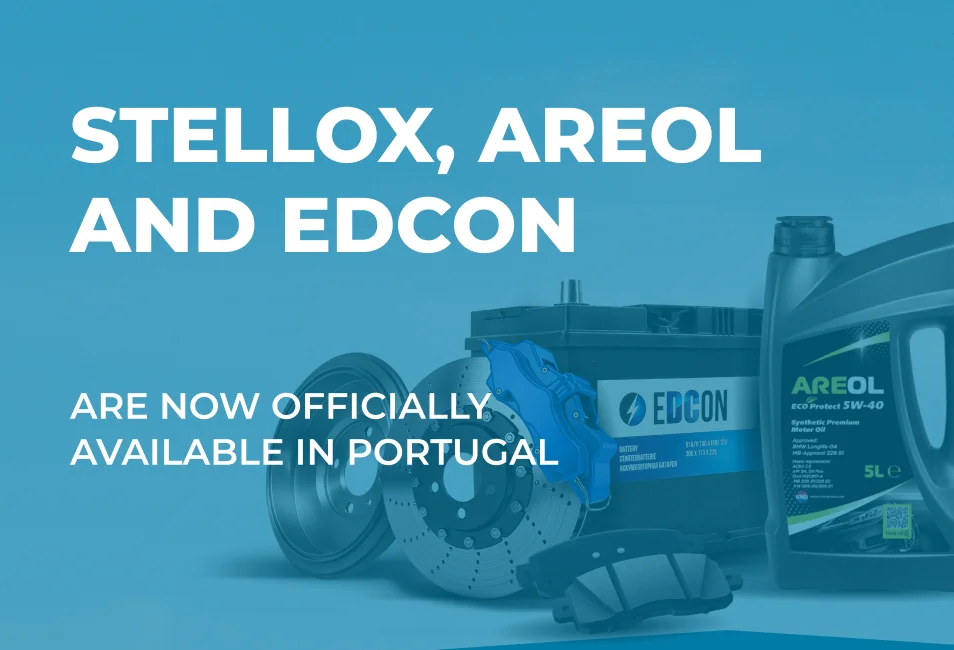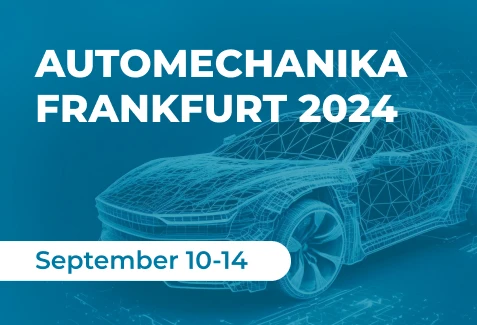The transition of various spheres to online has also affected the automotive parts industry. Today, after-sales service companies are playing by new rules: consumers must receive goods as soon as possible.
Playing by the rules of e-commerce
The market share of used cars has grown due to an increase of numbers of post-warranty cars which are 5-10 years old. This is a favourable situation for auto parts sellers for two reasons. Firstly, such vehicles are less likely going to be repaired by dealers. Secondly, these cars are in good condition, and their owners will surely invest in parts and repairs.
Car parts usually come through two major channels.
- third-party suppliers for service networks, repair shops, retail;
- original equipment manufacturers (OEM).
The channels may overlap with each other: this is possible when a popular brand owned by a car manufacturer is also open for cooperation with retailers. But in modern conditions, in addition to answering the “who works” question, it is also important to know “how it works”, because companies are faced with changes in conditions. No doubt, the bigger the player, the more resources he has to adapt to the current requirements. And today, e-commerce rules the day, and this has significantly influenced the transformation of sales and delivery channels.
Formation of new automotive parts market conditions
The fact that the used car sector has become firmly connected with online trading is a plus for both sides. The consumer’s conditions, however, are more attractive: the consumer is waiting for a sufficient number of alternative offers, which sellers should make up. In addition, e-commerce accumulates the advantages of each of the above-mentioned automotive spare parts supply channels: it is characterized by timely delivery (just like suppliers of original parts), as well as a variety of goods (like retailers).
In the age of e-commerce, sellers have gained additional opportunities for selling products. Some players may be one step ahead of their competitors, and first of all, this depends on understanding of the need for proper demand planning and inventory forecasting, and secondly, on the successful application of the O2O business strategy.
O2O (online-to-offline) is actually a new retail market that affects potential buyers from two realities: the real world and the online space. An important task is to convince an online buyer to make a purchase also from the brick-and-mortar store. Let’s see what kind of actions can be taken by the seller, and what benefits can be obtained from the elaborate integration of the two worlds.
- When selling something online, make an offer to save on delivery and take advantage of pickup from the nearest outlet. Thus, the company can attract the buyer with other offers. For example, a car enthusiast comes to pick up the ordered brake pads, but when he actually sees the goods, a thought about the upcoming maintenance comes to his mind and at the same he also buys motor oil and filters.
- Use the buyer’s contact information. If you can leave a business card with the store’s contacts in offline sales as a repeat purchase incentive, then when ordering online, the seller receives consumer data. You can use these channels to inform customers about new offers from your outlet. Yet doing so too often is not recommended.
- Introduce a coupon system. Offer additional discounts in the offline segment for making online purchases.
The “last mile” battle
The 2020 E-Commerce survey conducted by the marketing portal Interaktywnie.com, confirmed the desire of consumers to make online purchases. For example, 52% of respondents preferred online shopping because it is “easier, cheaper and there is a wide selection of goods”. And 36% of those who voted reported that they expect the goods to be delivered the next day after the order, at worst.
So, the final stage in the chain of delivery of goods, which in logistics is called “the last mile”, is the most important. After all, the work of the courier service gives the consumer an impression of the outlet and a potential desire to make the next order. The problem of the “last mile”, which, according to surveys, is considered a headache for 67% of participants in the area of online sales, has always been relevant. But if unpunctuality or impoliteness of couriers were treated more calmly some time ago, these days competition, and, accordingly, the quality of services have increased significantly during the development of technology.
The famous Amazon became a pioneer in the field of delivery, having developed a logistics model that is used by manufacturers and suppliers of automotive spare parts. For example, in order to be resilient, industry players use the “don’t put all your eggs in one basket” rule: you need a stock of parts in several places to be able to quickly fulfill orders.
Large online platforms, including Amazon, capture the specifics of after-sales service of cars. Buying car parts is different from buying shoes or clothes: parts also need to be installed, but few consumers can do this on their own. Therefore, companies also provide customers with an opportunity not only to purchase auto parts, but also offer to choose an installation partner on their websites. If a customer is totally satisfied with all the details, the order will be carried out to the repair shop they have chosen.
This is a major change in the business model, because in the current conditions, even small service stations can get a recommendation from a serious Internet provider.
Still, there will be unmanned vehicles and the growth of sales of electric vehicles which are yet to come. This will also lead to a change in the supply chains in the aftermarket: vehicles will become more complex, and the distribution of parts will become more complicated, since warranty and installation issues will remain relevant. But no matter what business models the players come to, one thing is certain: the speed of delivery of automotive parts will increase.











